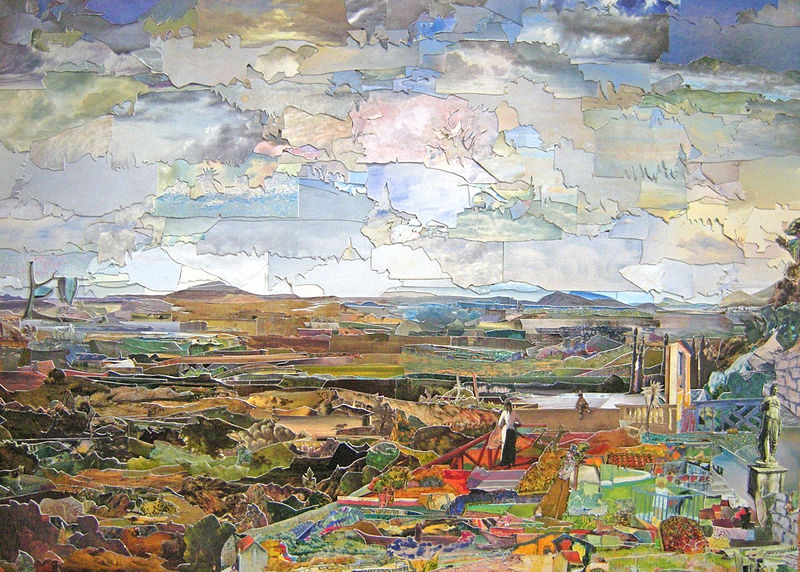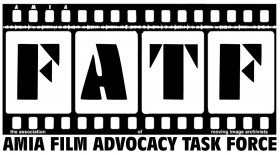Media Plurality and Cultural Diversity
The recent conclusion of film supply agreements between the major studios and Eastman Kodak is a welcome acknowledgement of the ongoing importance of maintaining a range of creative options for filmmakers.
Choice is at the heart of creativity; and creativity is the driver of the commercial film and television industry. It is this understanding that lies behind the evident will to ensure that talent is not restricted in the tools and mediums available with which to tell stories, communicate ideas, and enthral and entertain audiences.
Preserving choice lends certainty and confidence and further shores up freedom of choice, which has been under threat. It also makes economic sense, as a diverse range of media options affords resilience, particularly in times of volatility or uncertainty.
The same idea holds true in exhibition. Flexible programming that employs a wide variety of formats (perhaps, flexhibition), ensures diversity and also supports the right of audiences to experience creative works in their preferred medium.
The AMIA Film Advocacy Task Force has highlighted the demand for film-based screenings across a broad cross-section of audiences from different countries and cultures. Cultural diversity is an important theme, and the UNESCO Universal Declaration on Cultural Diversity speaks to the subject in the following ways:
Article 1 – Cultural diversity: the common heritage of humanity
Culture takes diverse forms across time and space. This diversity is embodied in the uniqueness and plurality of the identities of the groups and societies making up humankind. As a source of exchange, innovation and creativity, cultural diversity is as necessary for humankind as biodiversity is for nature. In this sense, it is the common heritage of humanity and should be recognized and affirmed for the benefit of present and future generations.
Article 2 – From cultural diversity to cultural pluralism
In our increasingly diverse societies, it is essential to ensure harmonious interaction among people and groups with plural, varied and dynamic cultural identities as well as their willingness to live together. Policies for the inclusion and participation of all citizens are guarantees of social cohesion, the vitality of civil society and peace. Thus defined, cultural pluralism gives policy expression to the reality of cultural diversity. Indissociable from a democratic framework, cultural pluralism is conducive to cultural exchange and to the flourishing of creative capacities that sustain public life.
Why Cultural Diversity Matters – TEDxCSU [Note: October 2014]
The connection between cultural and biological diversity has been explored and developed in recent years1 and provides a useful and practical framework for considering issues of diversity and plurality in the arts. Of further interest is the additional connection that has been made with linguistic diversity2. Indeed, within the field of moving images, it is stimulating and productive to consider the various gauges and emulsions of motion picture film and various formats of analog and digital video as languages – and even perhaps as dialects.
The UNESCO Universal Declaration addresses the consequences of unchecked commodification of creative works on diversity:
Article 8 – Cultural goods and services: commodities of a unique kind
In the face of present-day economic and technological change, opening up vast prospects for creation and innovation, particular attention must be paid to the diversity of the supply of creative work, to due recognition of the rights of authors and artists and to the specificity of cultural goods and services which, as vectors of identity, values and meaning, must not be treated as mere commodities or consumer goods.
This underpins the value and need for comprehensive education in this area, so that we can attain new, enlightened perspectives on these important issues.
1. See for example, Pretty J et al, The Intersections of Biological Diversity and Cultural Diversity: Towards Integration Conservat Soc 2009;7:100-12
2. See Sharing a World of Difference: The Earth’s Linguistic, Cultural and Biological Diversity
Image: Painting Time – Collage from art postcards
by Hendrikje Kühne und Beat Klein is licensed under the
Creative Commons Attribution-Share Alike 3.0 Unported license

